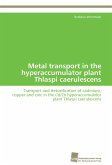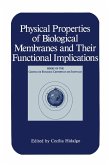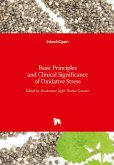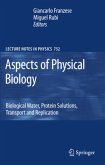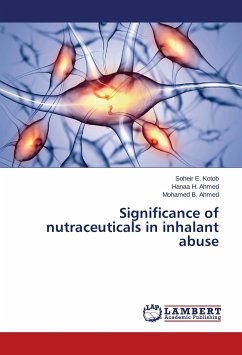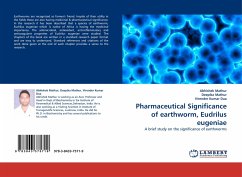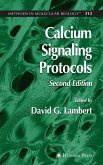Na,K-ATPase and gastric H,K-ATPase are primary active transporters that belong to the superfamily of P-type ATPases. These membrane proteins utilize the energy released by the hydrolysis of ATP to transport their cationic substrates against electrochemical gradients. Despite more than 50 years of extensive research on P-type ATPases, the molecular details of their ion transport mechanisms are not fully understood. Especially for oligomeric P-type ATPases, such as Na,K- and H,K-ATPases, which require an accessory -subunit for their transport activity, many open questions remain, since only recently structural information became available. This thesis encompasses a comprehensive analysis of Na,K- and H,K-ATPase mutations in conserved -subunit regions and other domains that may be relevant for interactions to the respective -subunit according to the recently available structural data. Therefore, this work contributes to the understanding of how -subunits influence the transport activity of P2C-type ATPases and provides a clue to the question whether similar molecular mechanisms are responsible for this kind of cation transport modulation of the two related ion pumps.

